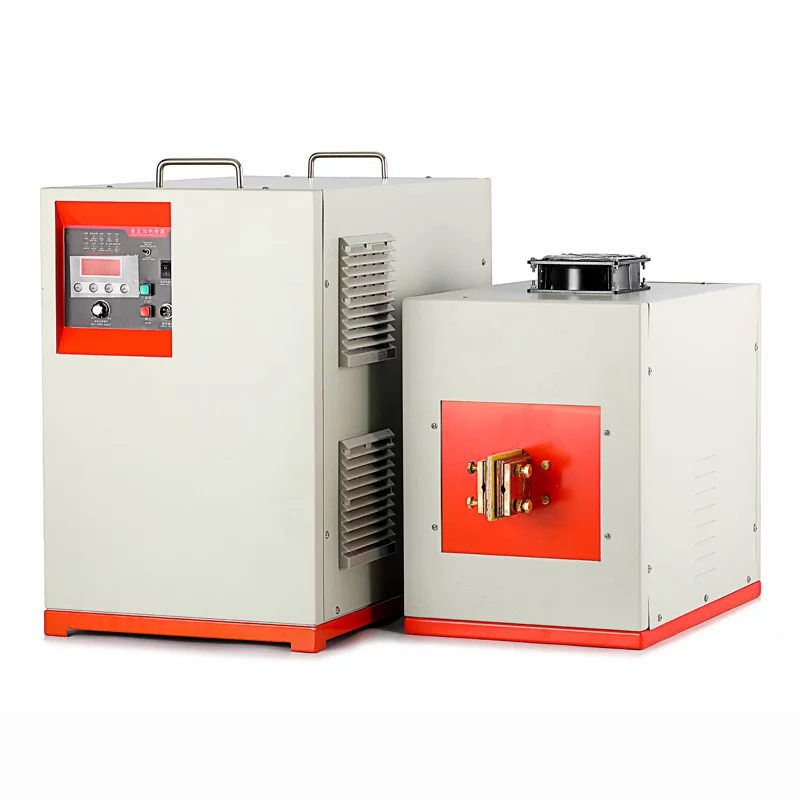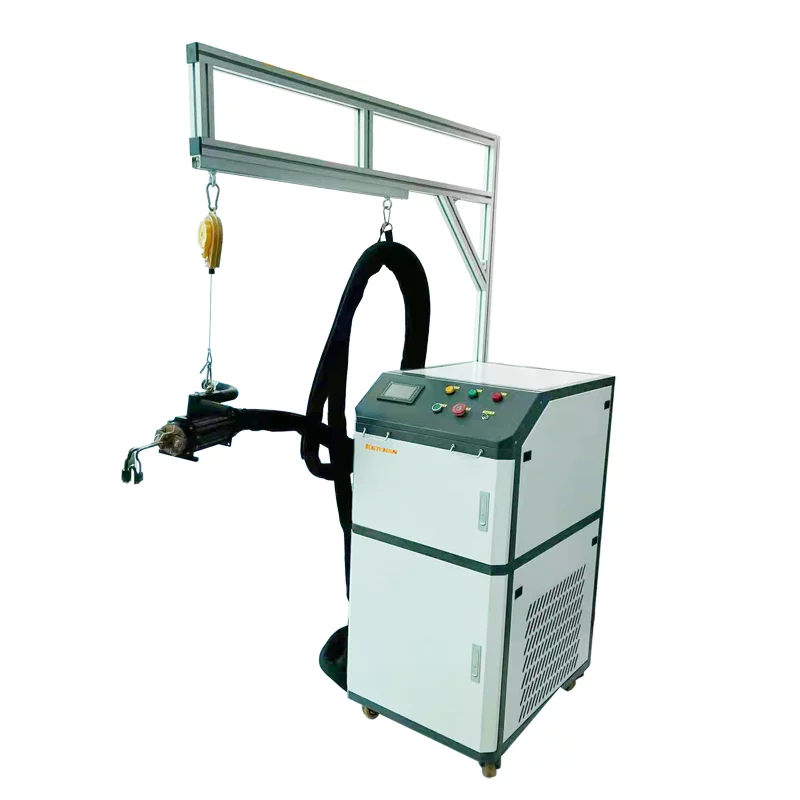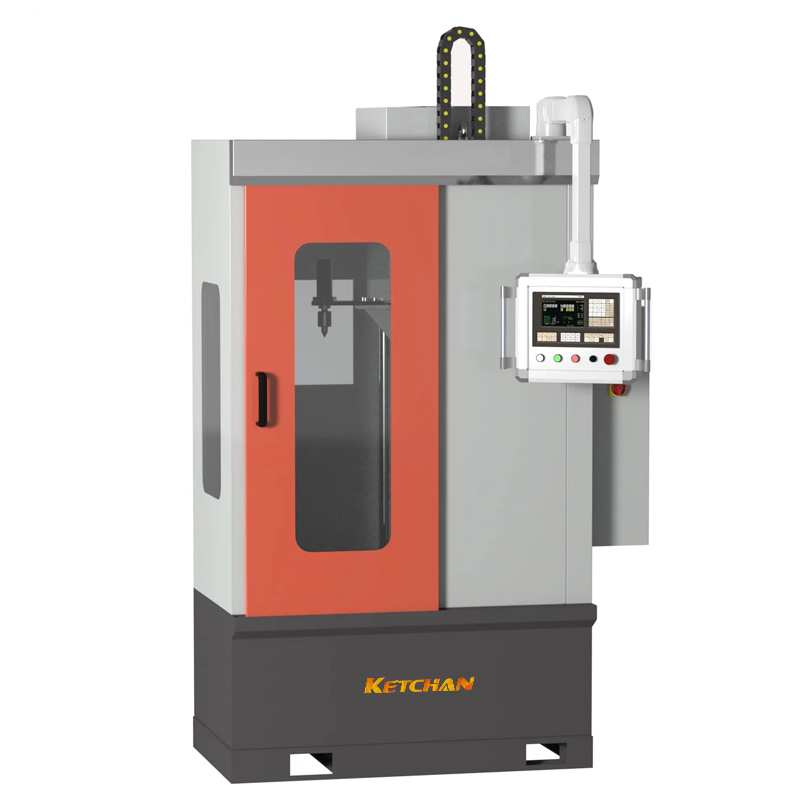Induction heating forming besides can quickly form highly complex geometrical shape, can also provide a large number of metal grain flow and mechanical performance advantages, the extrusion and forging, the formation of fibrous grain structure can prevent the crack development and improve the impact and fatigue properties of common temperature hot forming of metal materials, carbon steel is the most common. But along with the aluminum, magnesium, titanium and super alloy and other non-ferrous metal forging or extrusion parts in the automobile, railway, aerospace, and other industries widely used, the demand for non-ferrous metal materials is also increasing.
The temperature significantly affects the formability of the alloy and its ability to form high quality products. The hot forming temperature of most carbon steels is usually around 1200 ~ 1300℃ (the temperature of warm forming application may be much lower), but the target temperature of different grades of non-ferrous metal alloys varies greatly. In most applications, the customer does not simply require an increase in the average temperature of the workpiece but also emphasizes temperature uniformity. These temperature uniformity requirements are usually defined in one direction (e.g., radial uniformity, longitudinal uniformity, etc.) or in general. In addition, some forming applications require a certain temperature heterogeneity to be achieved after heating. For example, in order to maintain the isothermal condition during the forming process of large aluminum alloy blank isothermal forward extrusion, a certain longitudinal temperature gradient is usually required to improve product quality and tool life.
The practical significance of material properties
Aluminum, copper, silver, magnesium alloy, and other induction heating materials, not only have relatively high thermal conductivity but also have high electrical conductivity (i.e. low resistivity). Therefore, the skin effect brought by the alternating current will be very significant in these materials, the heat generated by induction will be concentrated near the surface of the material, 100mm blank aluminum (Al6061) and austenitic stainless steel (SS304) placed in the same sensor and the radial power density of the electromagnetic field.
When the target temperature of the heated material is close to its melting point, the magnetic flux line density near the surface of these materials will also cause the end of the workpiece to overheat. This phenomenon is caused by the distortion of the magnetic field line at the end of the workpiece. In a static heating system, this can be done by selecting the appropriate frequency, power density, coil length, and coil diameter. This phenomenon should also be noted during continuous heating. Although the billet is fed from end to end system, it still has an obvious electromagnetic end effect under a certain transient production condition.
As the temperature gradient generated in the material will form large thermal stress, resulting in the formation of cracks in the workpiece, as shown in Figure 3. The risk of crack formation and propagation is particularly noteworthy when a large workpiece is heated or when the workpiece microstructure is in the “cast” state because the porosity and potential inhomogeneity of the cast material substantially increase this likelihood.
Because of these potential problems, local overheating of the material must be addressed when selecting frequency, power density, and heating time, as well as the design and control of heating equipment.
The electromagnetic efficiency of induction heating is essentially related to the resistance of the load (blank, rod, tube, etc.), and high resistivity materials have higher heating efficiency. As can be seen from the comparison of the two power density curves mentioned above, at the beginning of the heating process, the total inductive heating power per unit length of the aluminum 6061 blank is about one-fourth that of the stainless steel blank of the same diameter, reflecting that the electromagnetic efficiency of the induction heating low-resistivity alloy is lower than that of the high-resistivity material. Electromagnetic induction heating still offers significant efficiency advantages over other methods of heating this type of material.
According to the electronic properties of aluminum, copper, silver, and magnesium alloys, the relatively high magnetic field strength is generally required to meet the requirements of productivity. Sometimes, in order to obtain a greater penetration depth of current, a very low frequency will be used. At this time, the magnetic field strength will be large and the electromagnetic force will be very high. During continuous heating of the blank, when the blank approaches and passes through the final coil outlet, the magnetic field at the end of the blank will distort. At the end area of the coil, the radial component of the magnetic field exerts a significant longitudinal force on the blank. Due to the low density of aluminum, magnesium, and other non-ferrous alloys, friction is also small. When the longitudinal force exceeds the friction force, the billet is expelled from the coil. In such cases, additional design methods or material handling schemes must be considered through computer simulation to avoid this potential hazard.
As described above, the use of low-frequency current has a number of thermal advantages for heating low resistivity materials. In addition to these thermal advantages, a lower frequency can significantly increase the coil power factor. However, at low frequencies, the coil voltage and the voltage drop per turn of the coil may be low, while the coil current may be quite high, which may bring a number of potential problems, including the increase of longitudinal electromagnetic force between the coils at the end of the coil, high transmission loss and load matching tests. In order to avoid these disadvantages, there may be significant advantages to using a multilayer coil in some cases.





